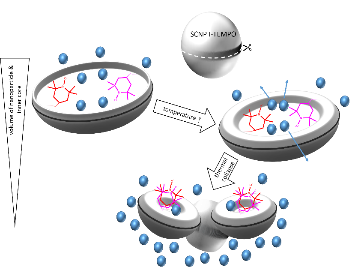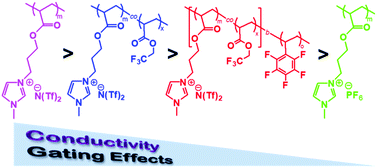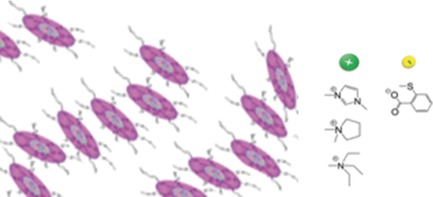Printable Electrolytes: tuning 3D printing by multiple hydrogen bonds and added inorganic lithium-salts (LiTFSI)
Rupp, H., et al., Adv. Mater. Technol., 2022, DOI:https://doi.org/10.1002/admt.202200088
Here, the 3D-printing of supramolecular polymer electrolytes is reported, able to be manufactured via 3D-printing processes, additionally dynamically compensating for volume changes. Qudruple-hydrogen bonds (UPy) embedded into telechelic UPy-PEO/PPO-UPy-polymers act as supramolecular entities for the desired dynamic properties to adjust printability, in addition to added LiTFSi-salts to achieve ionic conductivities of ≈10–4 S cm–1 at T = 80 °C. Three effects counterbalance the rheological properties of the polymers: besides temperatures the addition of lithium-salts in junction with the polymers crystallinity exerts a major toolbox to 3D-print these electrolytes. The so generated electrolytes are printable systems for novel electrolytes.









